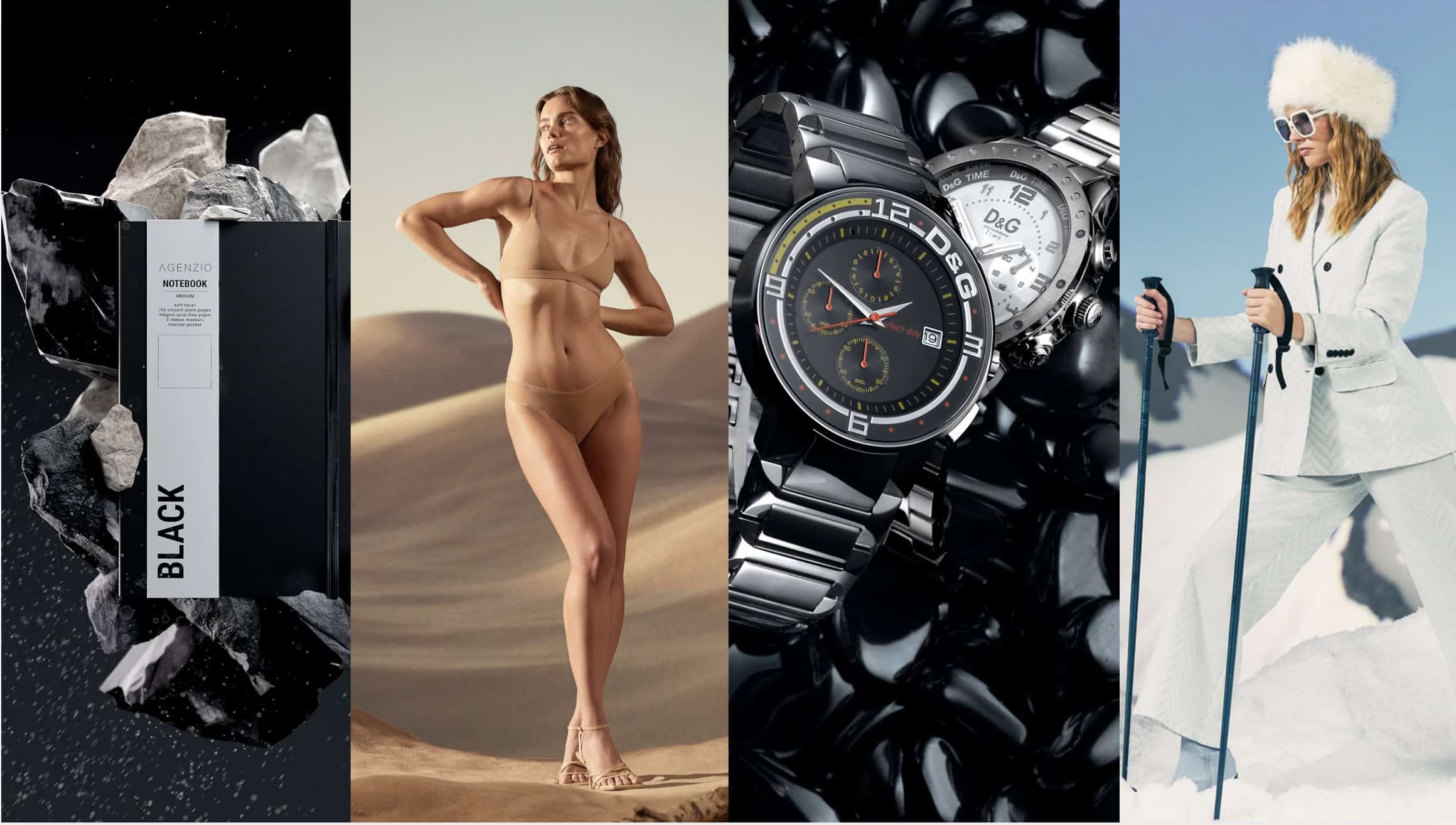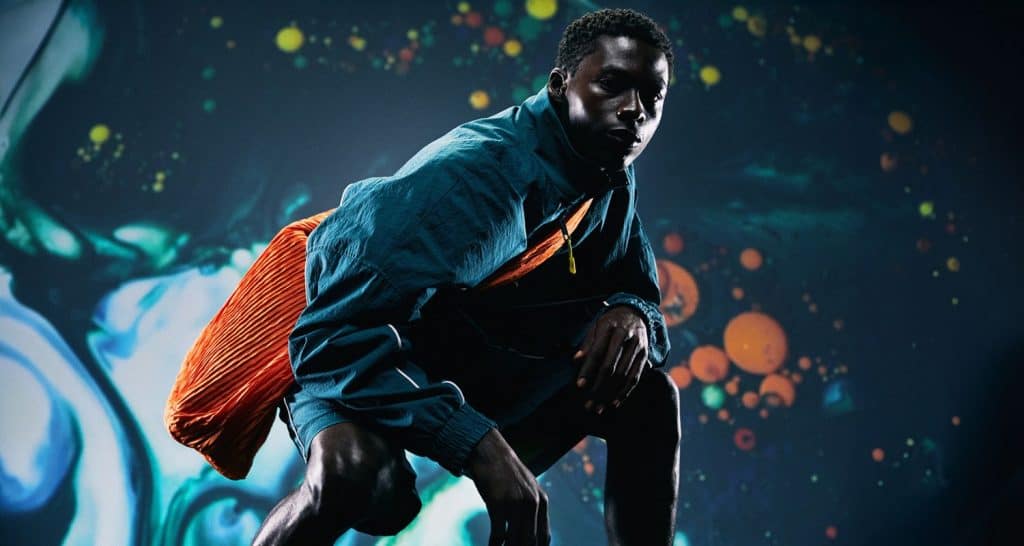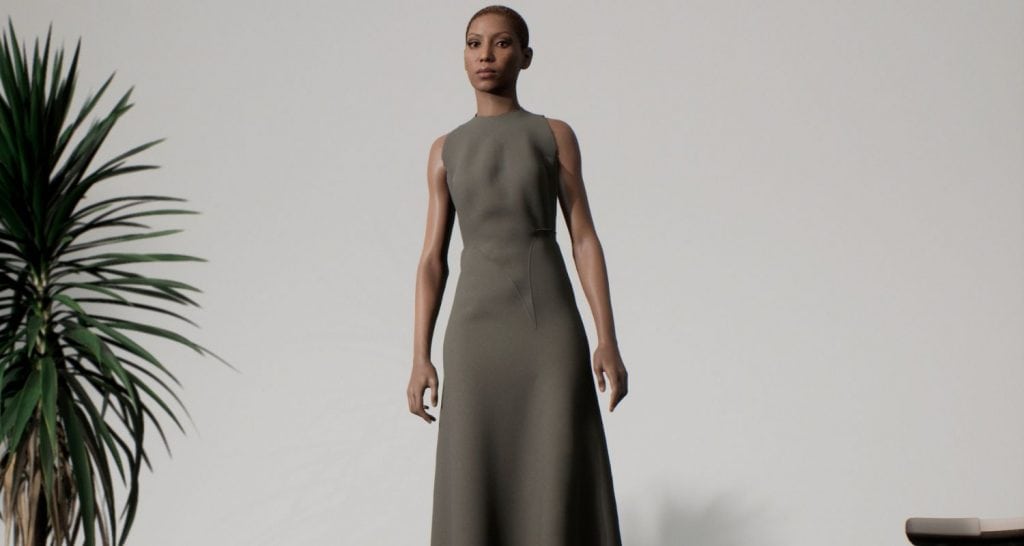
What is CGI?
Various technologies are reshaping the way businesses and creatives produce content. Below, we break down the differences between Virtual Production, CGI, 3D Design, Virtual Reality (VR), and Augmented Reality (AR), along with how each technology is used in marketing and content creation.

What does CGI stand for?
CGI stands for Computer-Generated Imagery and refers to the creation of still or animated visual content through computer software.
What is CGI used for?
It is used widely in film, television, video games, and marketing campaigns to create lifelike 3D models, environments, and animations. CGI allows for the creation of visuals that would be impossible or impractical to produce with traditional methods, such as rendering futuristic environments or highly detailed product images.
When is CGI used in marketing?
Marketing campaigns often use CGI to showcase products in a photorealistic manner without the need for costly physical shoots. This method allows brands to showcase products from multiple angles or in dynamic scenarios.
What is Virtual Production?
Virtual Production combines traditional filmmaking techniques with real-time CGI technology. By blending physical and digital environments, filmmakers can see live-action footage in front of virtual backgrounds on set.

Why is it beneficial to use Virtual Production?
This allows for real-time adjustments and integration of computer-generated elements during the filming process rather than in post-production. Our blog here goes deeper into how Virtual Production allows marketing to tell a story in campaigns.
When is Virtual Production used?
Virtual Production is commonly used in Hollywood films, such as The Mandalorian, where CGI environments are displayed in real-time behind actors, giving filmmakers control over lighting and environments during live-action shoots.

What is 3D Design?
3D Design involves the creation of three-dimensional models using specialised software.
When is 3D design used?
It is widely used in various industries, from architecture to fashion and marketing. Unlike CGI, which often focuses on rendering finished visuals or animations, 3D design is the process of building the actual models that can be later rendered, animated, or printed.
When is 3D design used in marketing?
Product designers and marketers use 3D design to create models of products for use in advertisements, allowing consumers to see highly detailed representations of a product before it is even manufactured.

What is VR?
VR stands for Virtual Reality. This creates an immersive digital experience where users interact with a completely virtual environment through headsets or other devices. It typically requires specialised hardware, like VR headsets, to give users the sensation of being present in a fully digital world.
What is VR used for?
VR is popular in industries like real estate for virtual property tours, or in marketing for immersive brand experiences, where customers can interact with products or services in a virtual space.
What is Augmented Reality?
Augmented Reality (AR) overlays digital content onto the real world using smartphones, tablets, or AR glasses.
What is the difference between VR and AR?
Unlike VR, which creates an entirely virtual environment, AR enhances the user’s physical surroundings by adding interactive, computer-generated elements.
What is Augmented Reality used for?
AR is commonly used in mobile apps, such as virtual try-on experiences in the fashion or beauty industries, where users can see how a product (like clothing or makeup) would look on them in real-time.
Each of these technologies has its own strengths and unique applications in content creation, offering businesses new ways to engage audiences and create immersive experiences. From the lifelike visuals of CGI to the fully immersive worlds of VR and AR, the future of marketing is undoubtedly digital.
If you're looking for CGI, AI or 3D services, get in touch with us.
